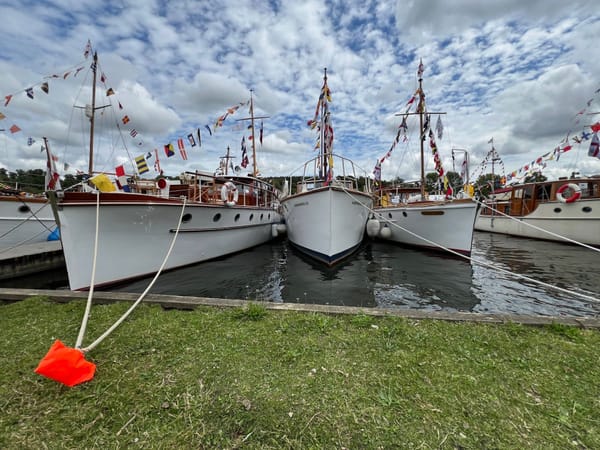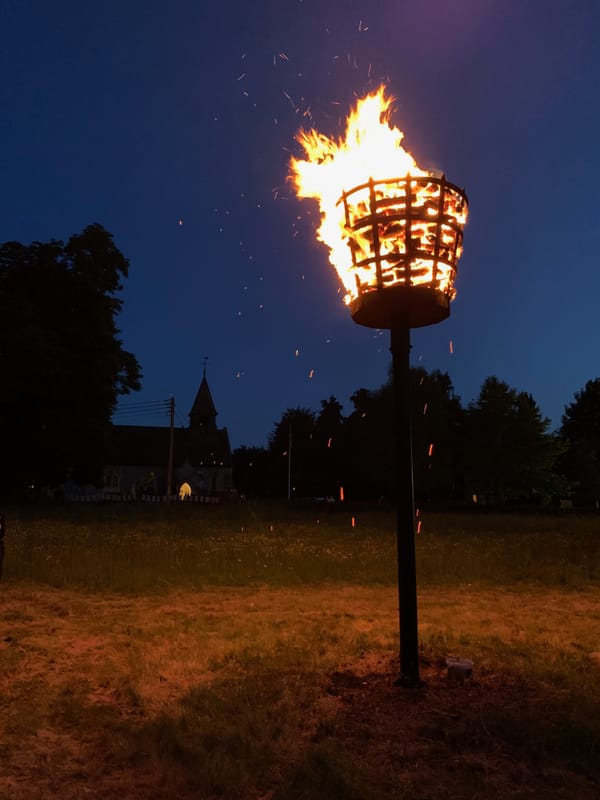Australia — Pinnacles Desert, Nambung National Park, Cervantes, WA 6511, Australia
I finally got to see the Pinnacles
August 2015
After many years of visiting Western Australia and trying to get to the Pinnacles, I finally made it there on this trip, and it was worth the wait as I have never seen anything like it. The only thing they reminded me of was the standing stones in Orkney, Scotland, and yet the Pinnacles aren’t manmade.
A video of this blog post is available on YouTube:
The Pinnacles are in Nambung National Park, about 200 km north of Perth and 17 km from Cervantes in Western Australia. There was a small fee to enter the park, and it was worth it.
I particularly enjoyed that you could drive around the Pinnacles on the sand — a 4 km, one-way loop: no tarmac roads, just small rocks marking the way. Plus, you didn’t have to stay in the car; you could park and stroll among the stones.
There is also a 1.2 km looped walk through the stones. If you do the walk, make sure you have sunblock, a hat, and water. Also, check you can see the next post on the trail before heading off because, as I found, it is easy to miss the path.
The Pinnacles were first mentioned in a public report in 1934, which seems incredible — how come so recent? But, they did not become popular with visitors until the 1960s. The national park was created in 1968.
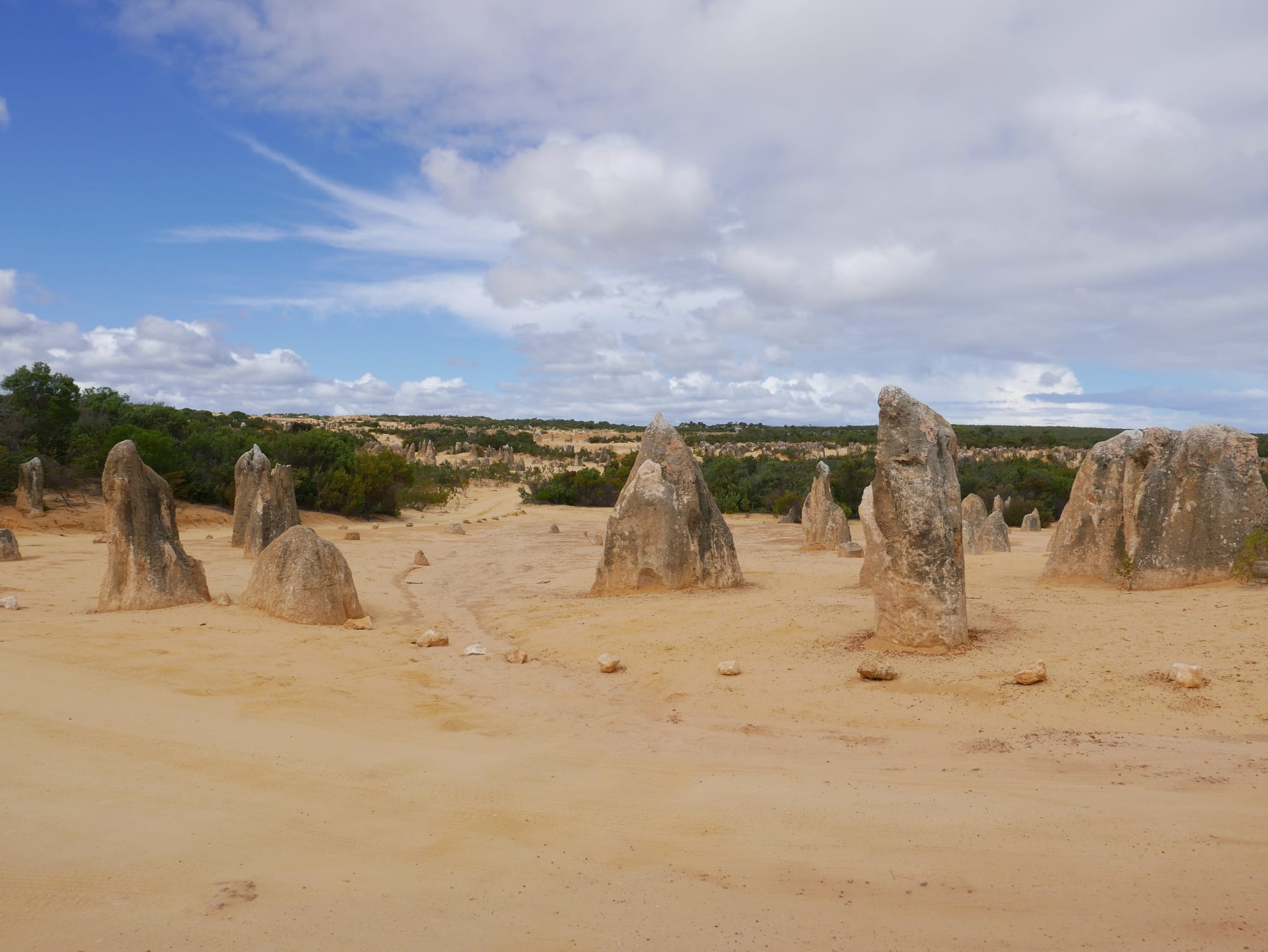
The colours were striking.
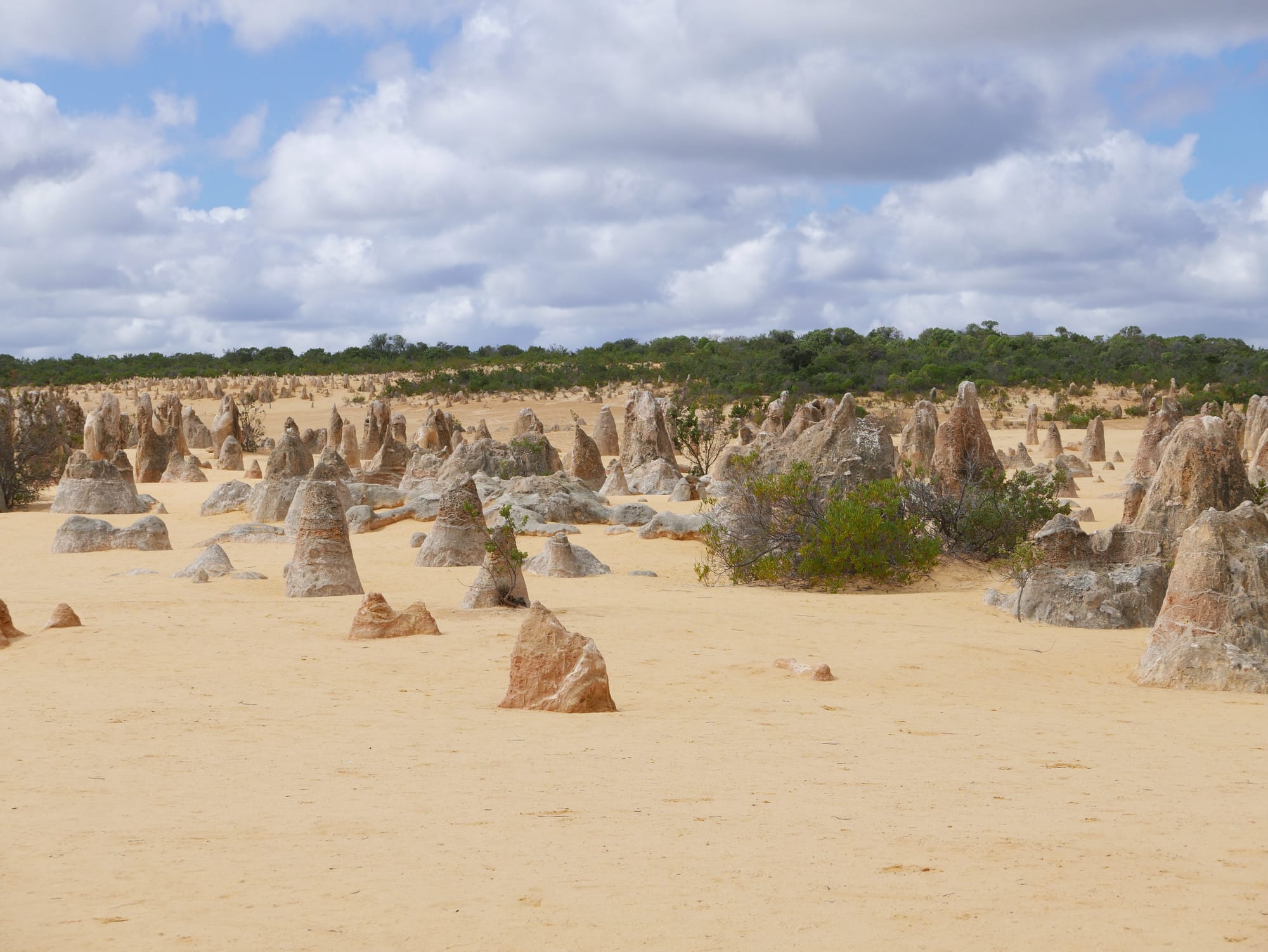
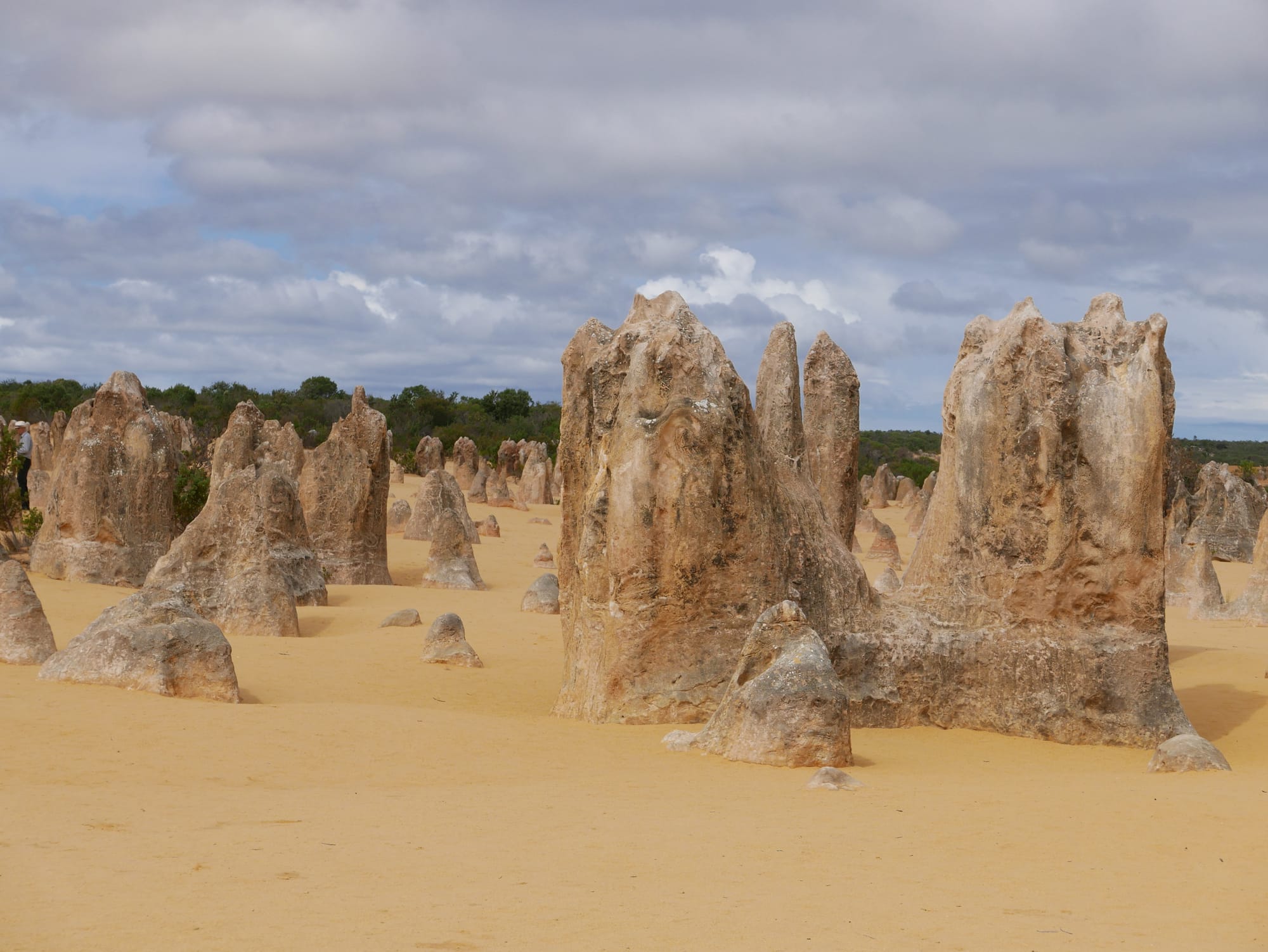
The photo below shows the marked roads between the Pinnacles.
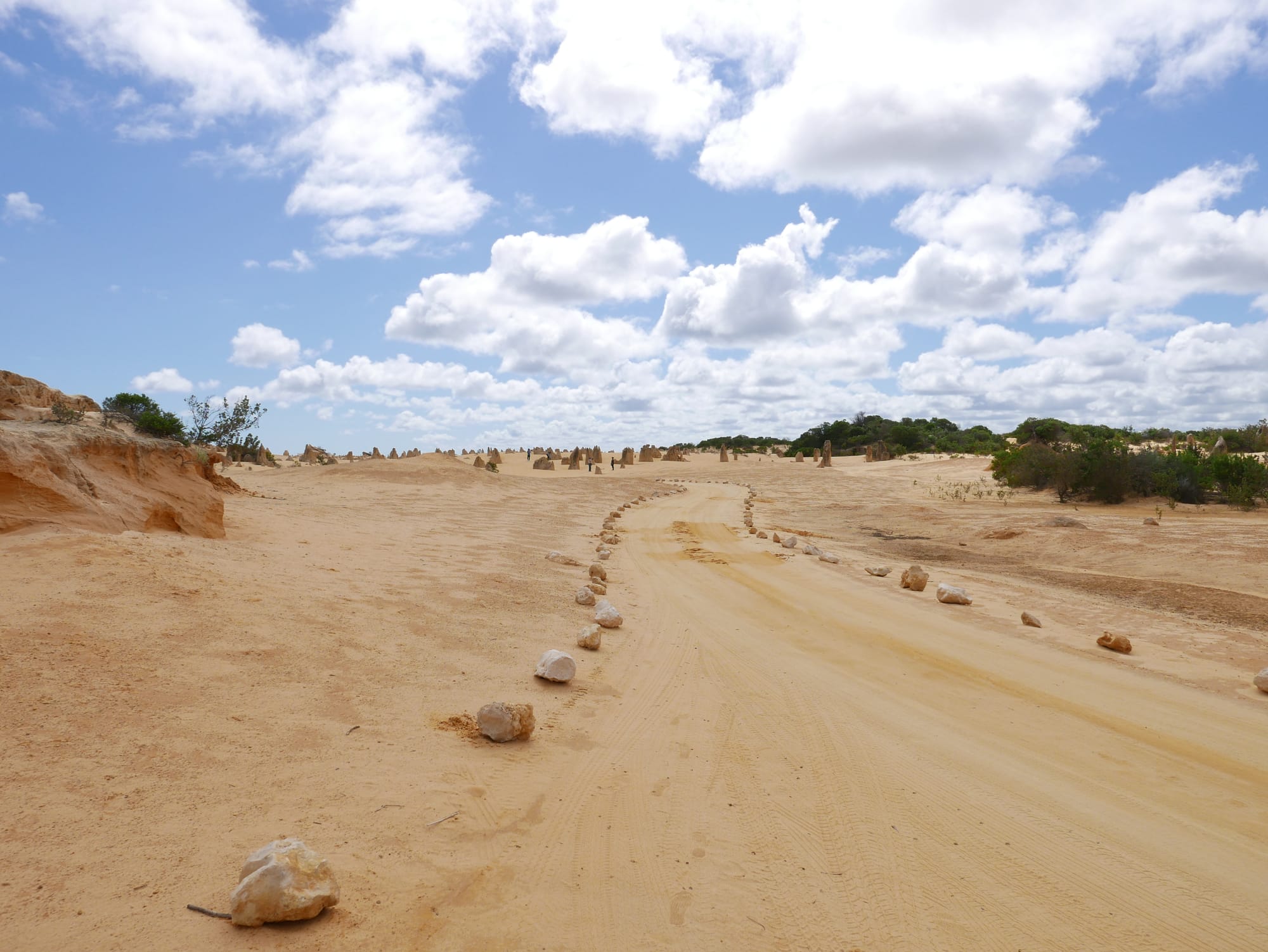
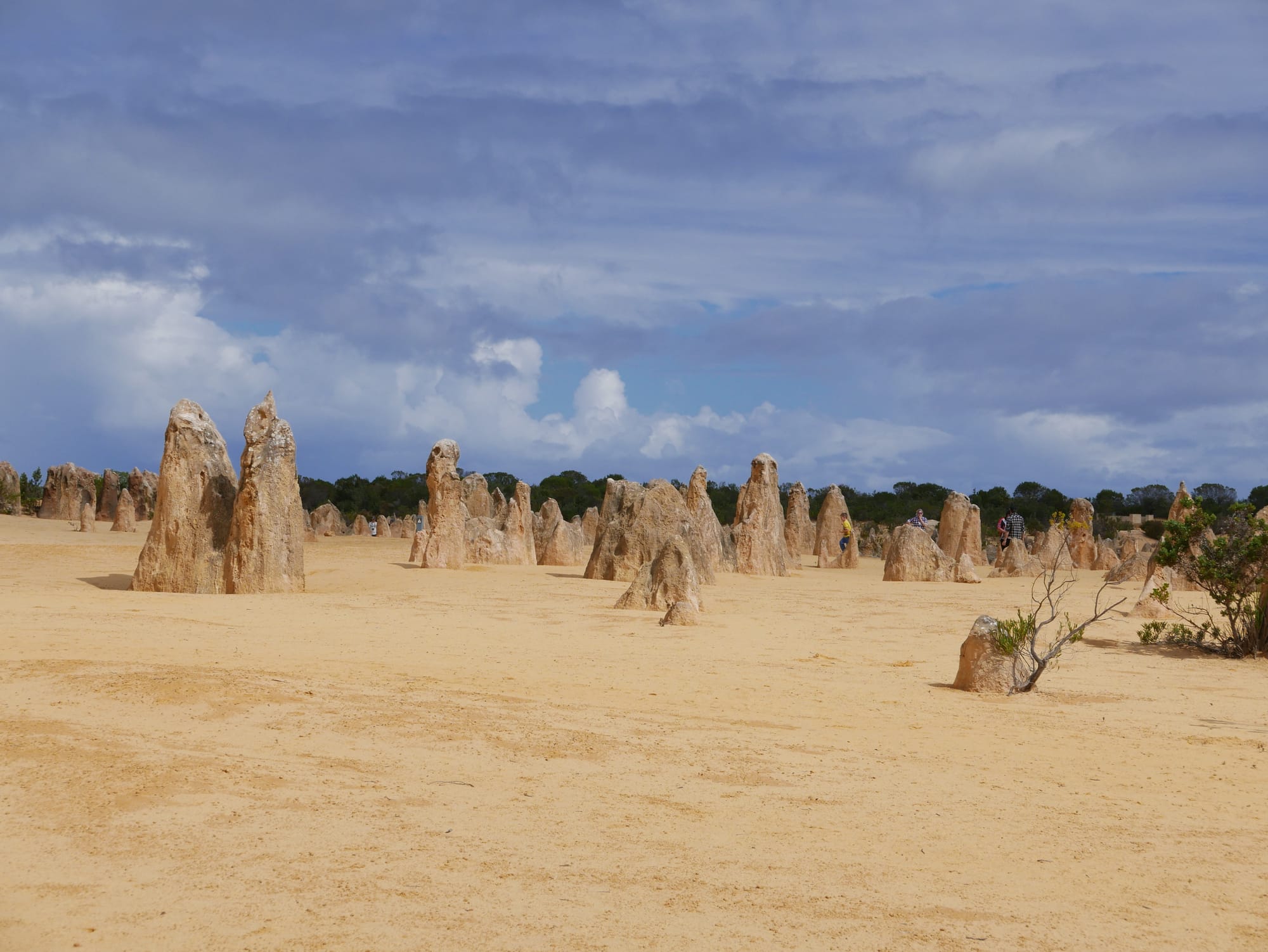
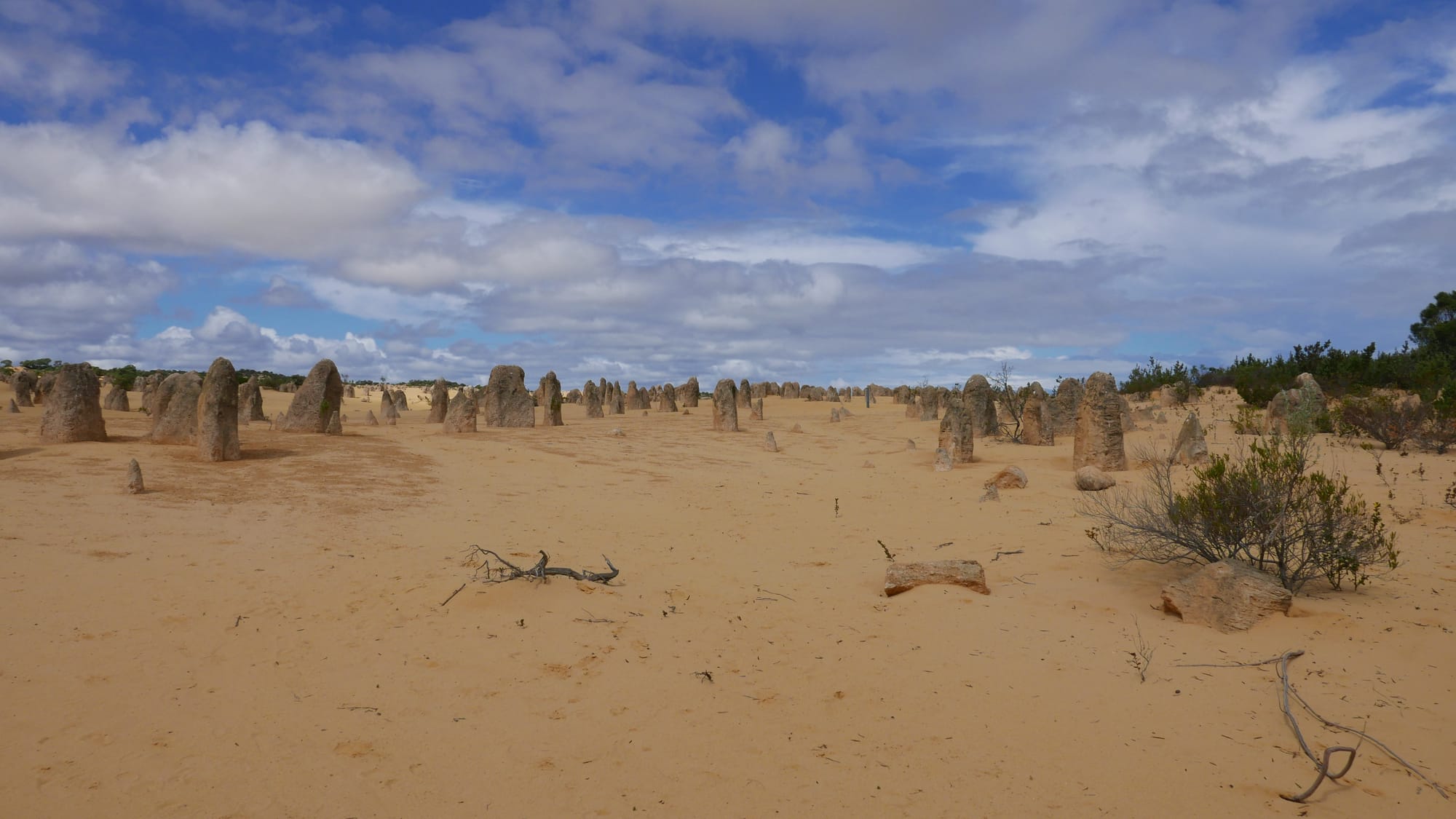
The stones ranged from less than a meter high to 3 or more meters.
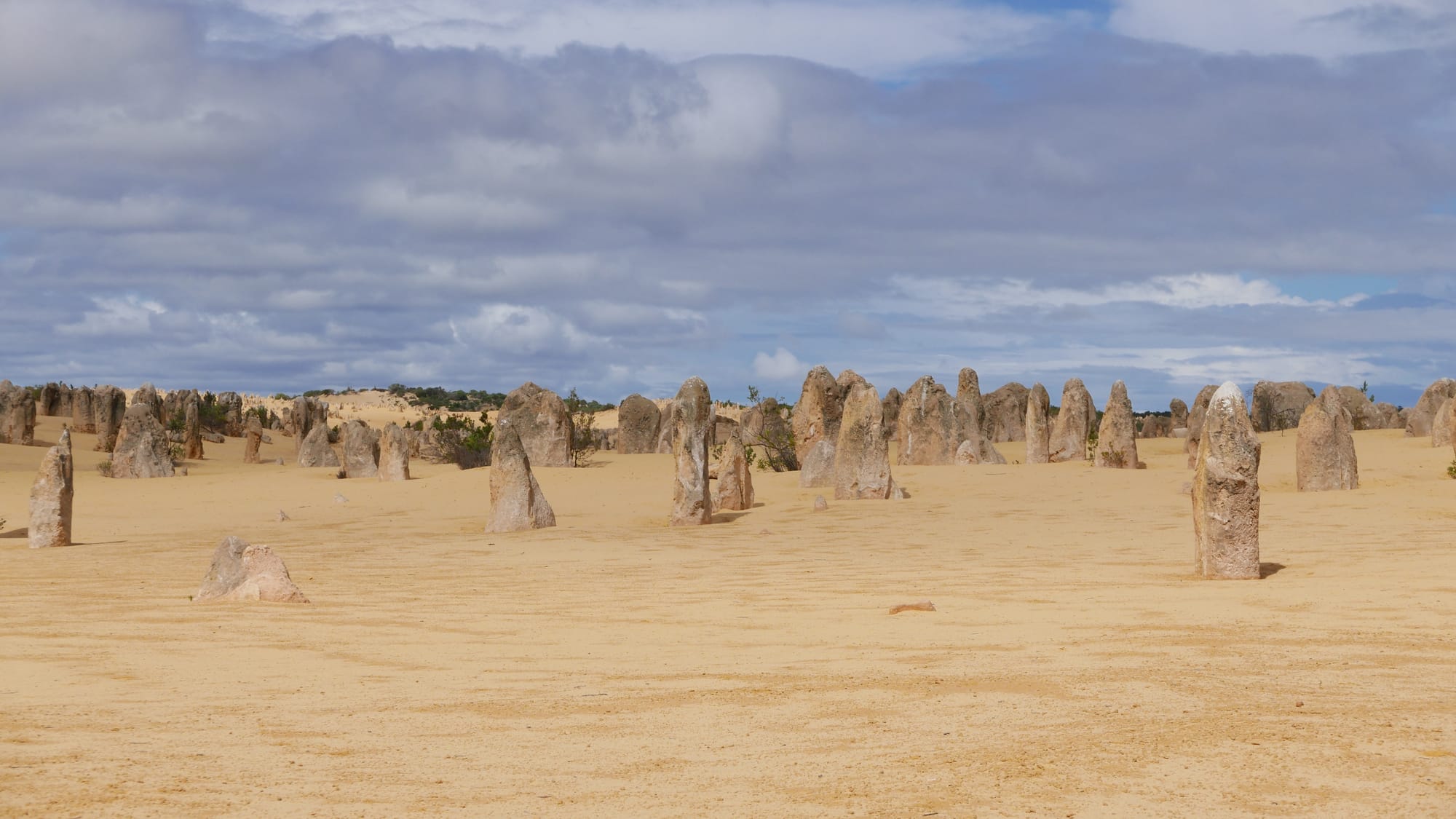
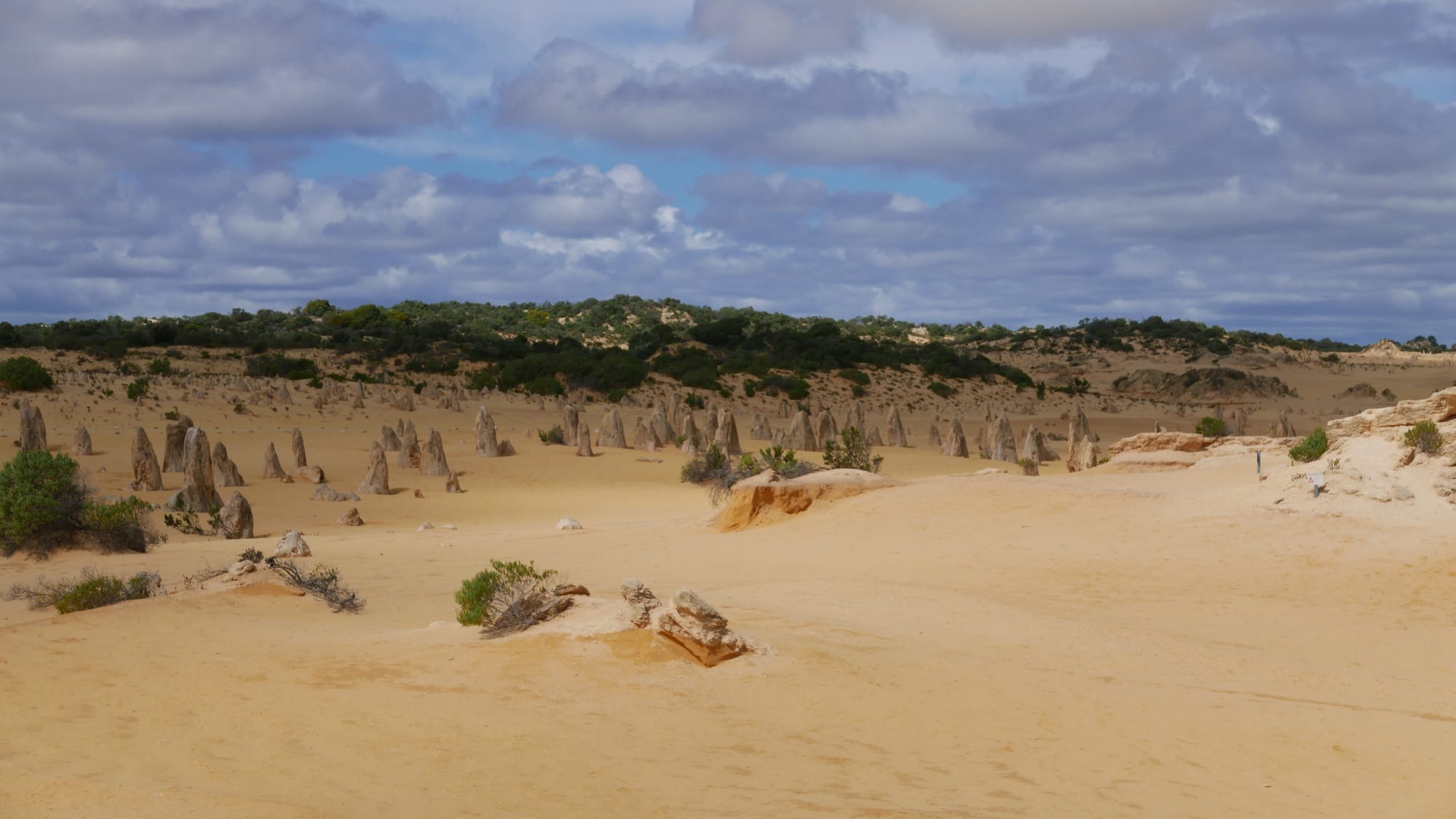
One big question is how they were formed. It appears they were created underground around 500,000 years ago, but that is about it.
Some of the Pinnacles appeared to be just rocks, but how did they get there? Whilst others seemed to have a fossilised plant-like structure.
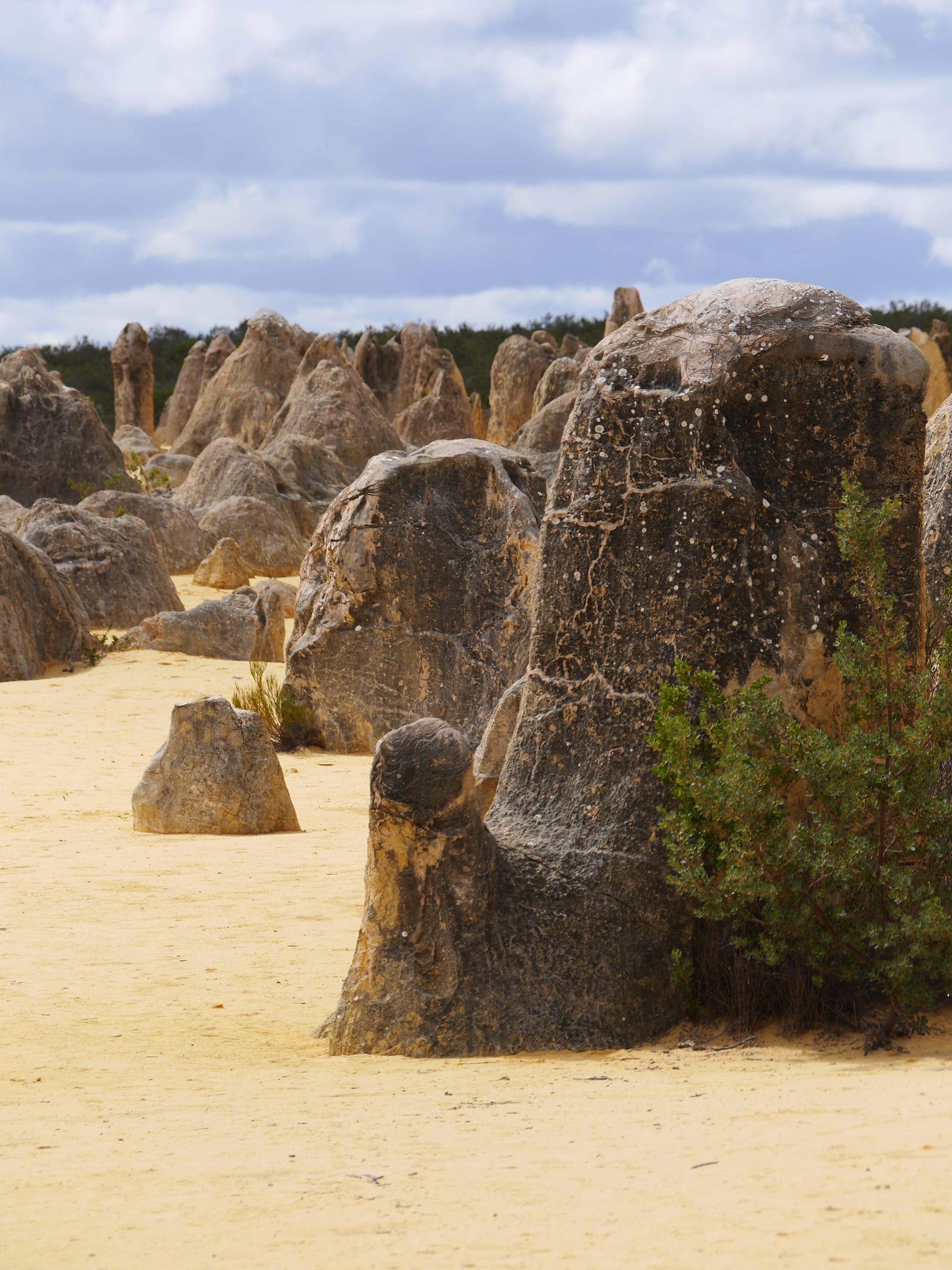
I was not expecting all the different colours and variations in size and shapes of the Pinnacles.
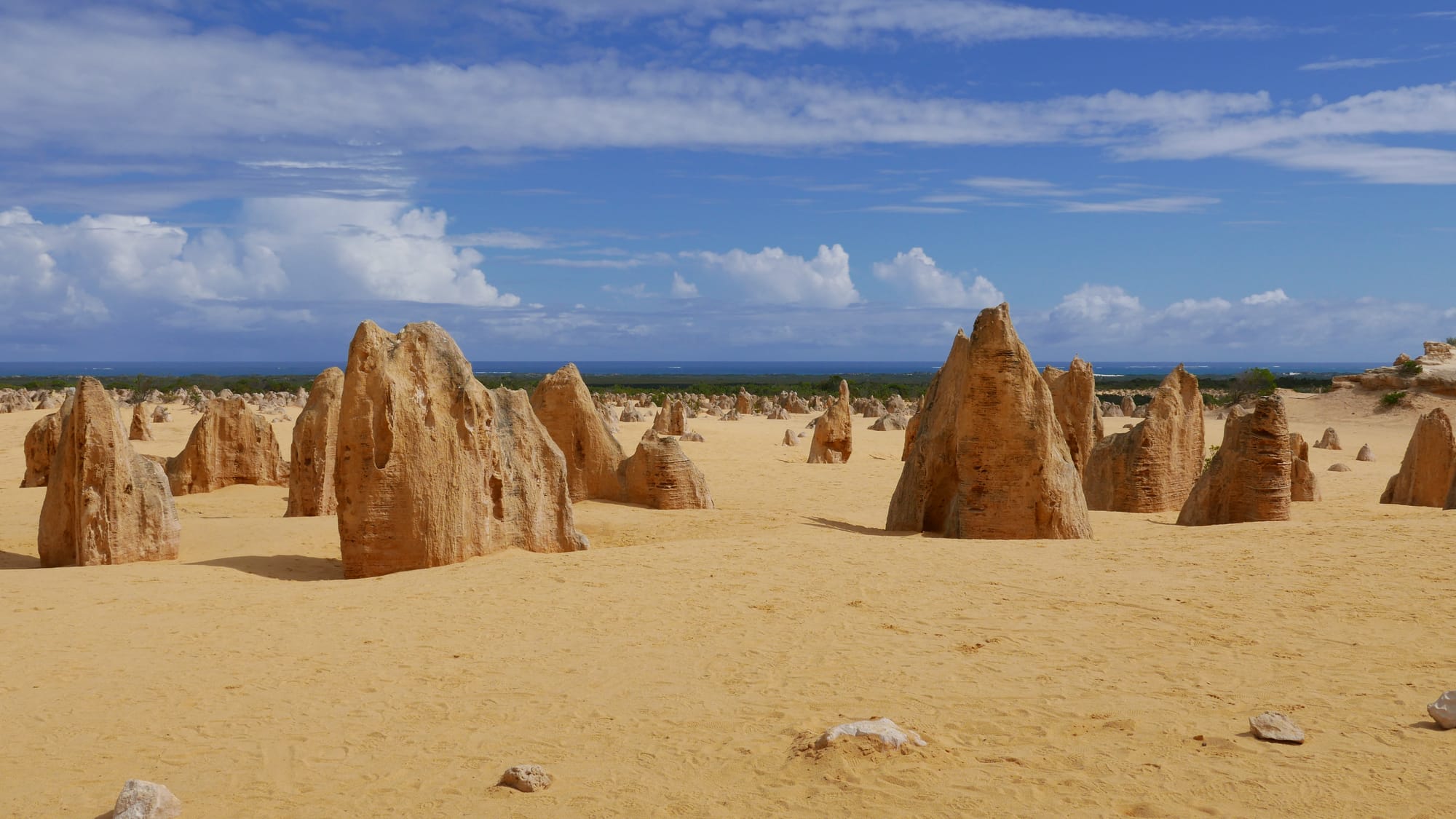
Some Pinnacles just appeared to be rocks, and others contained what seemed to be the parts of fossilised plants.
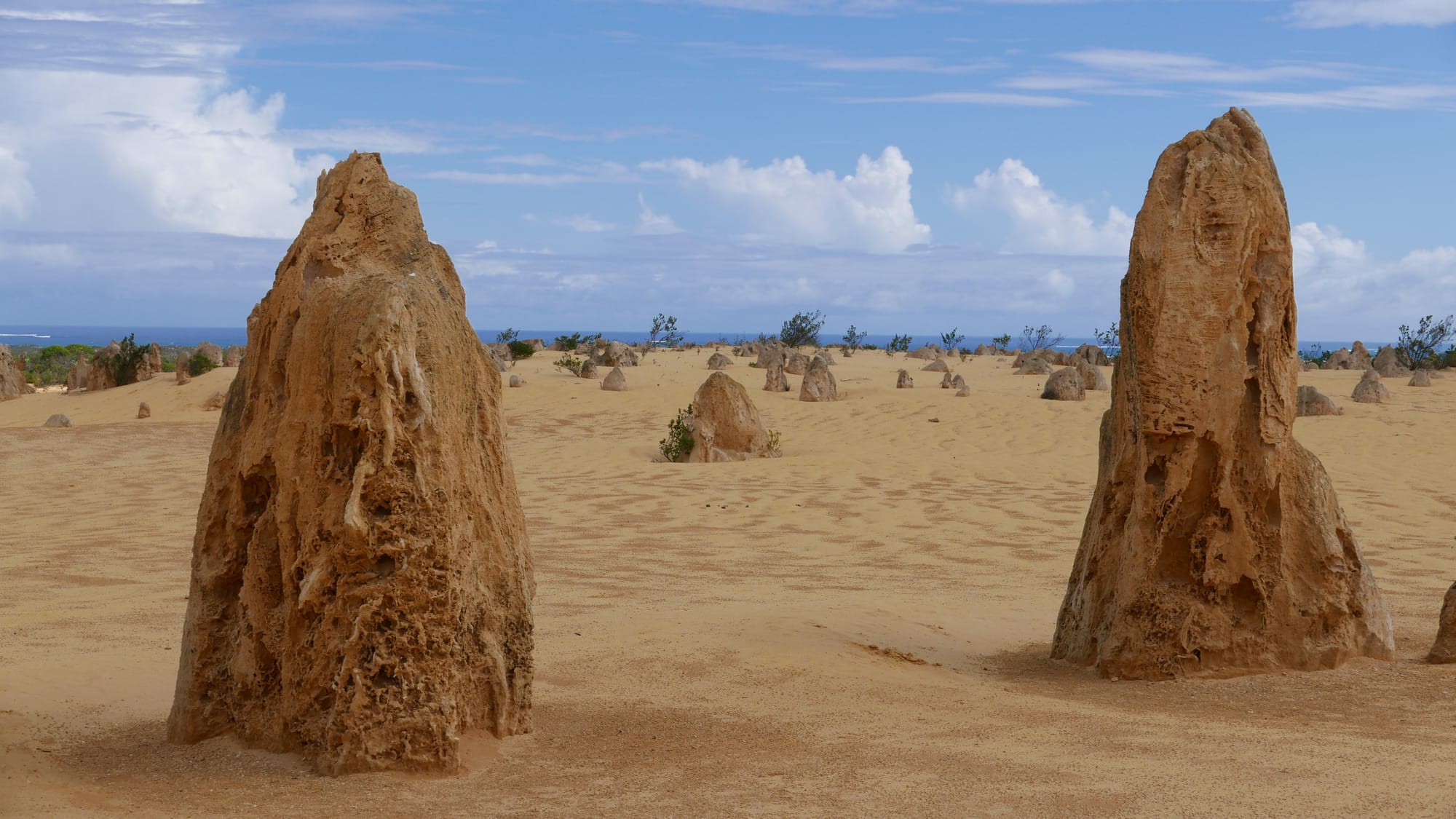
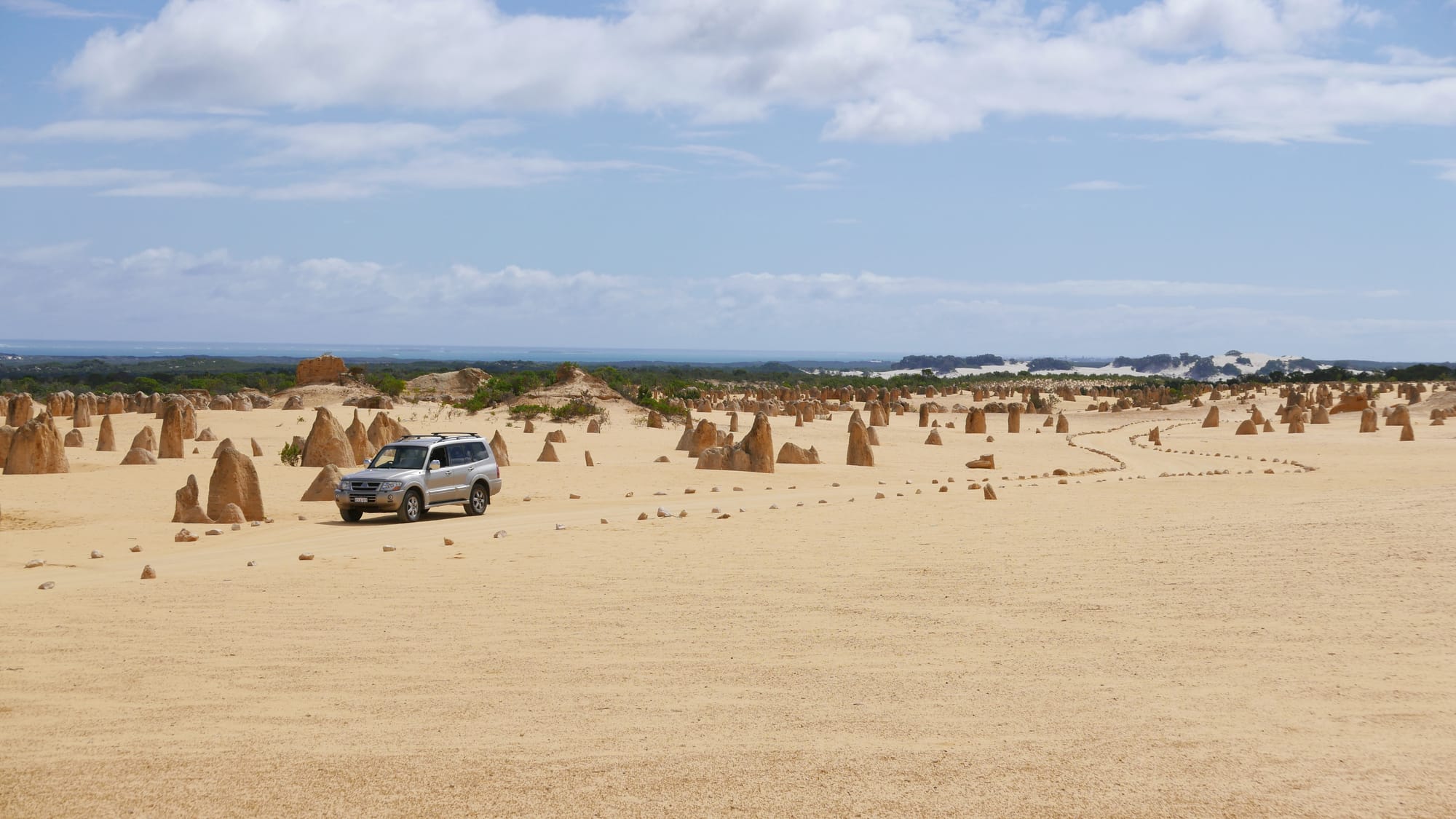
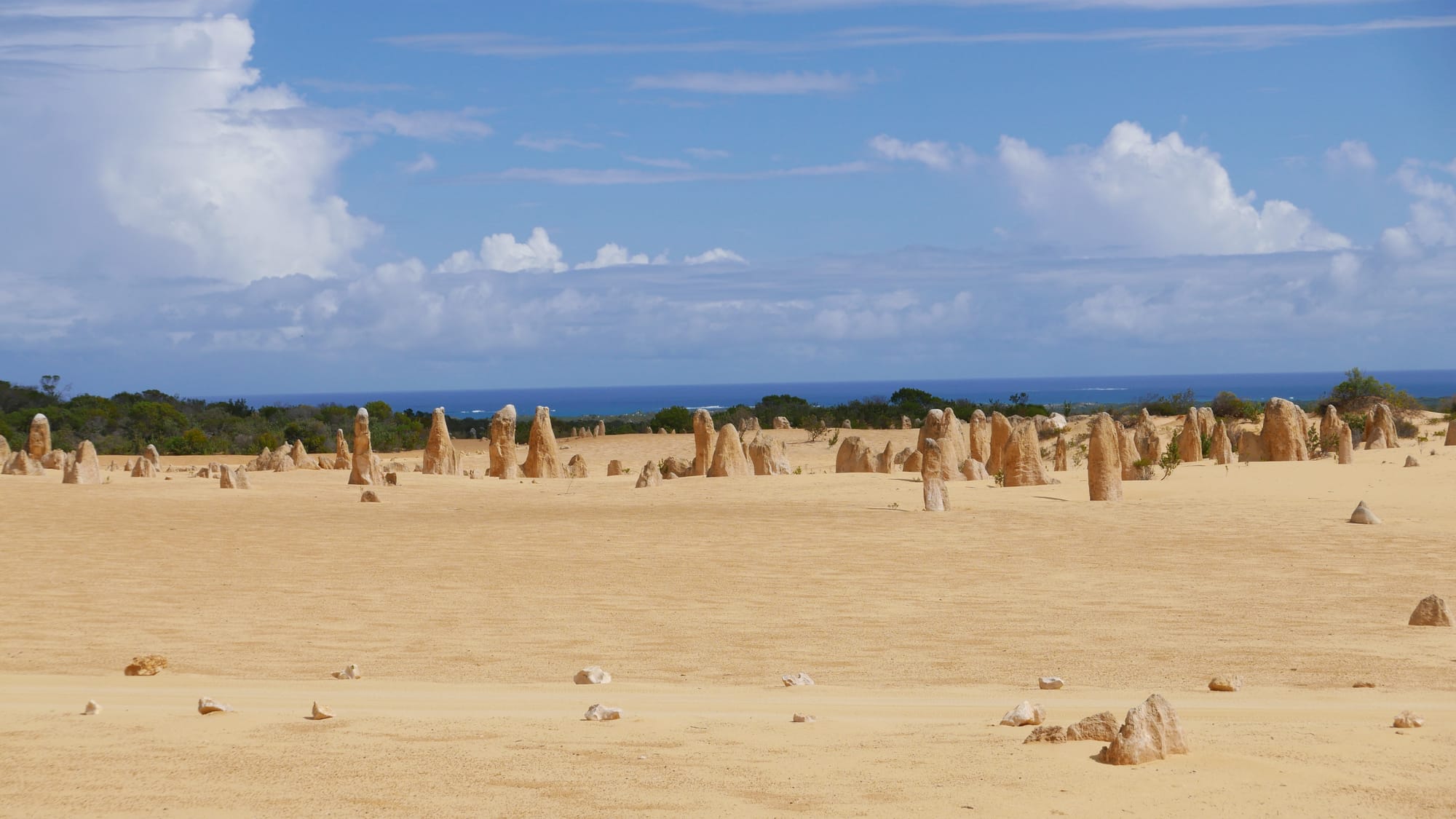
Some Pinnacles were in groups, and others seemed to be on their own.
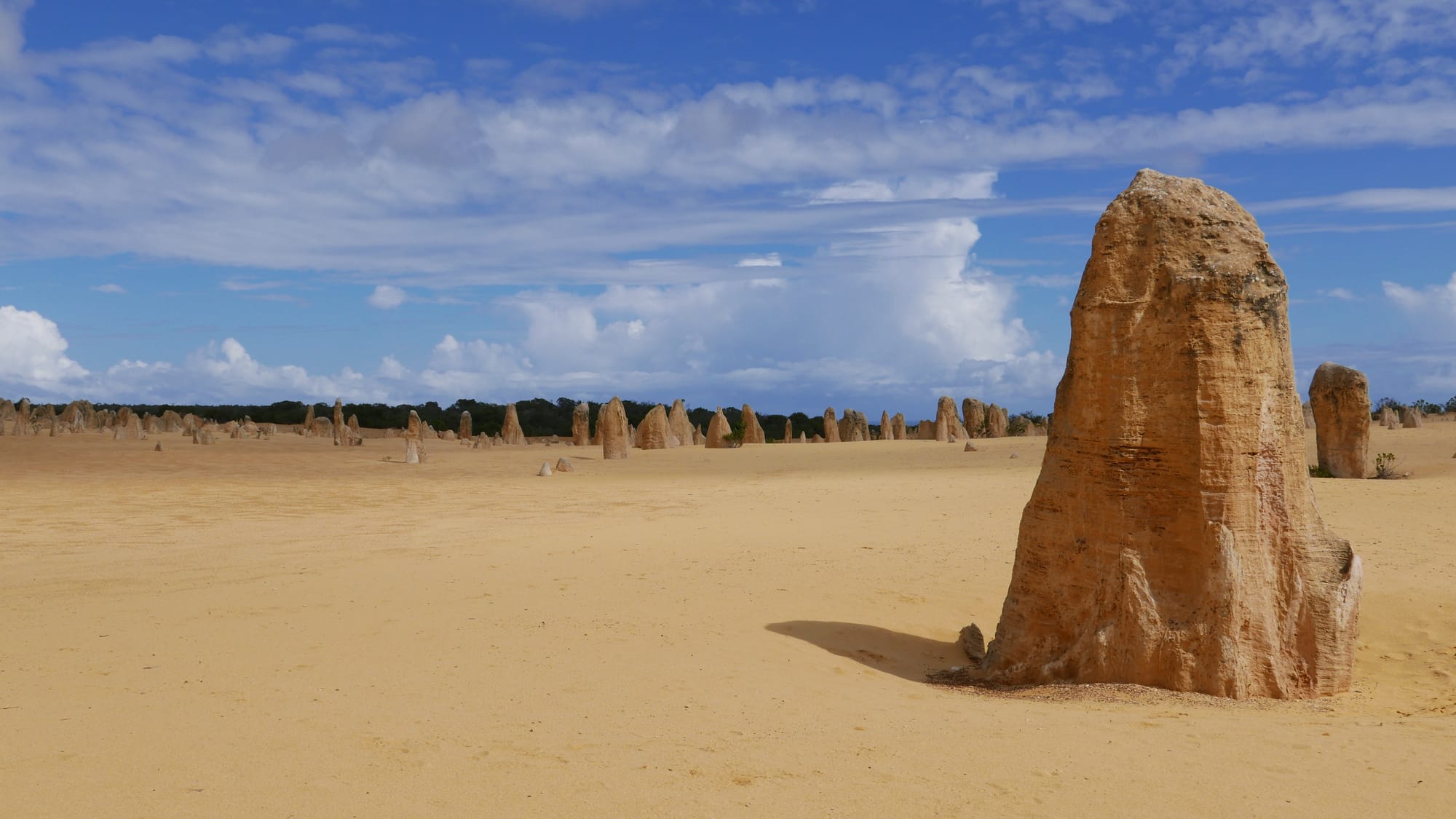
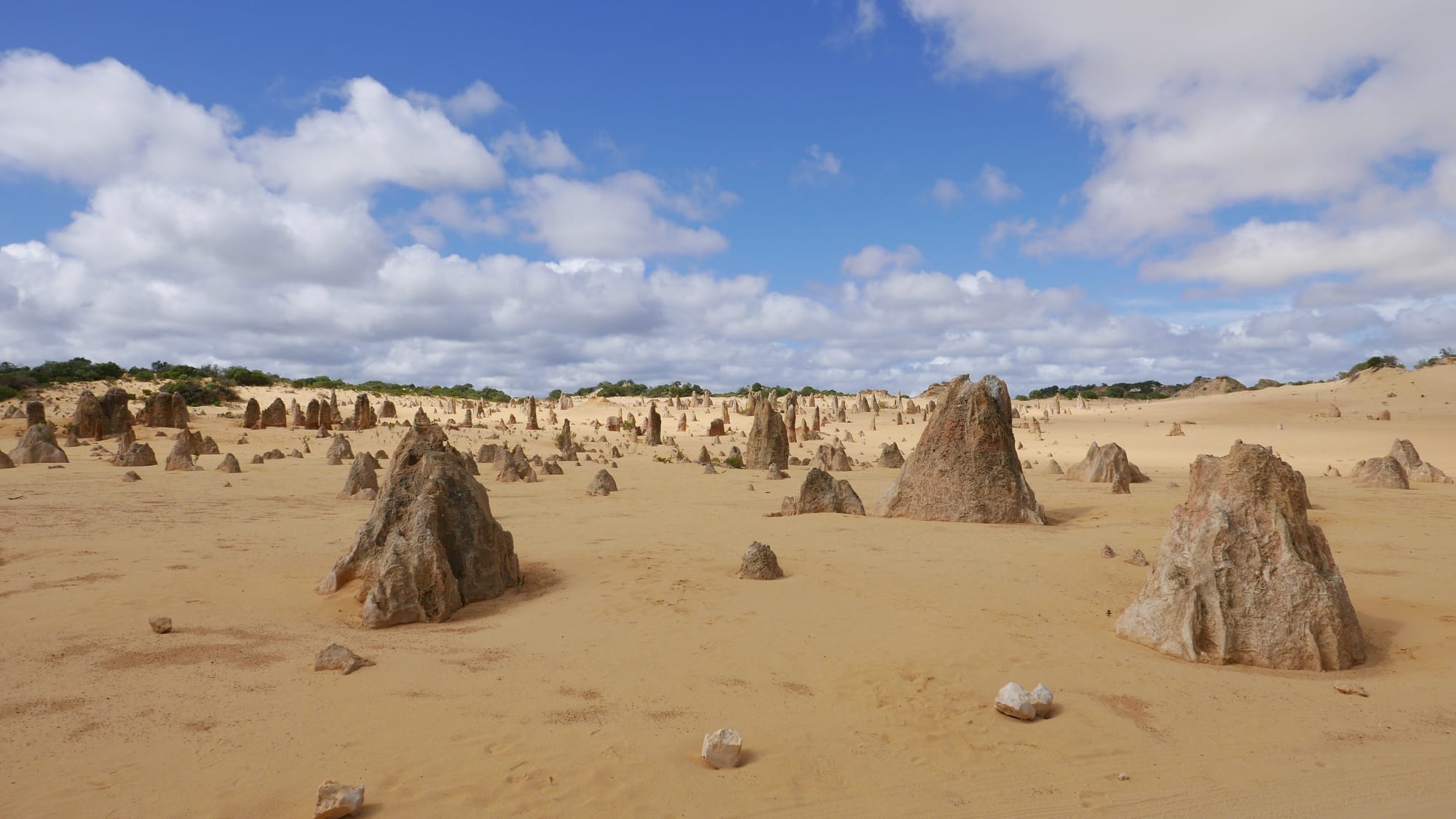
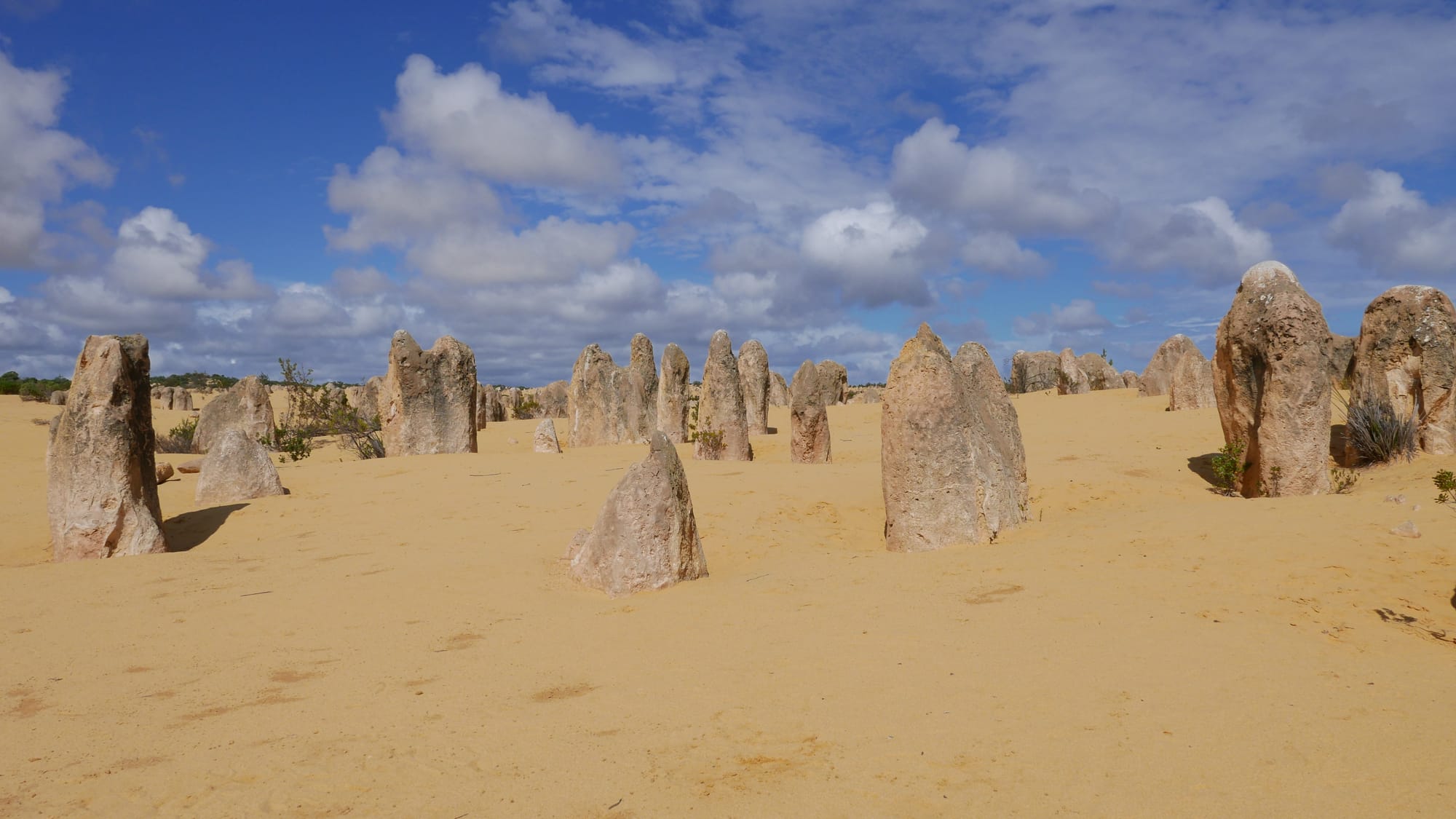
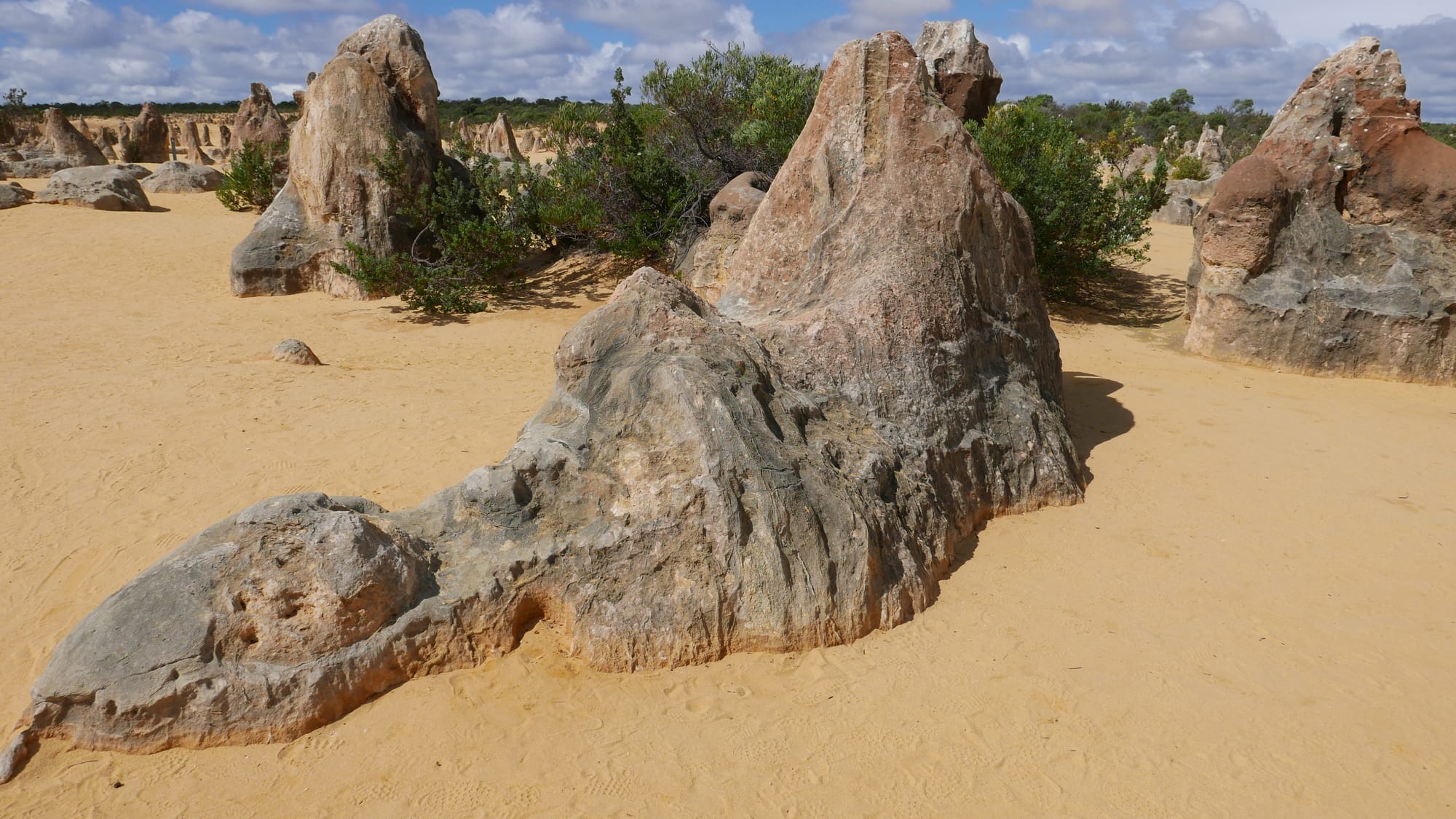
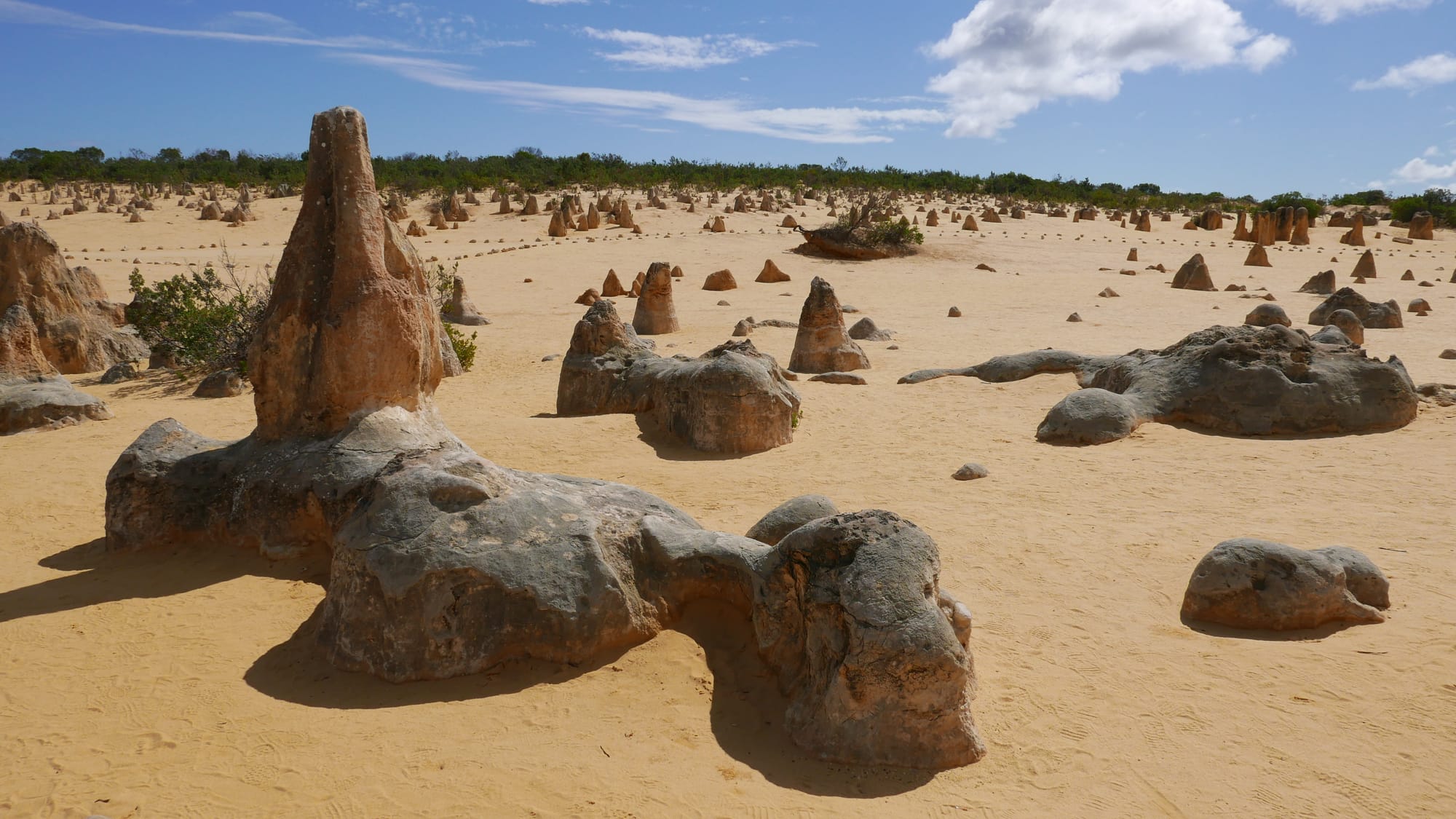
The Pinnacle below seems to show some plant roots.
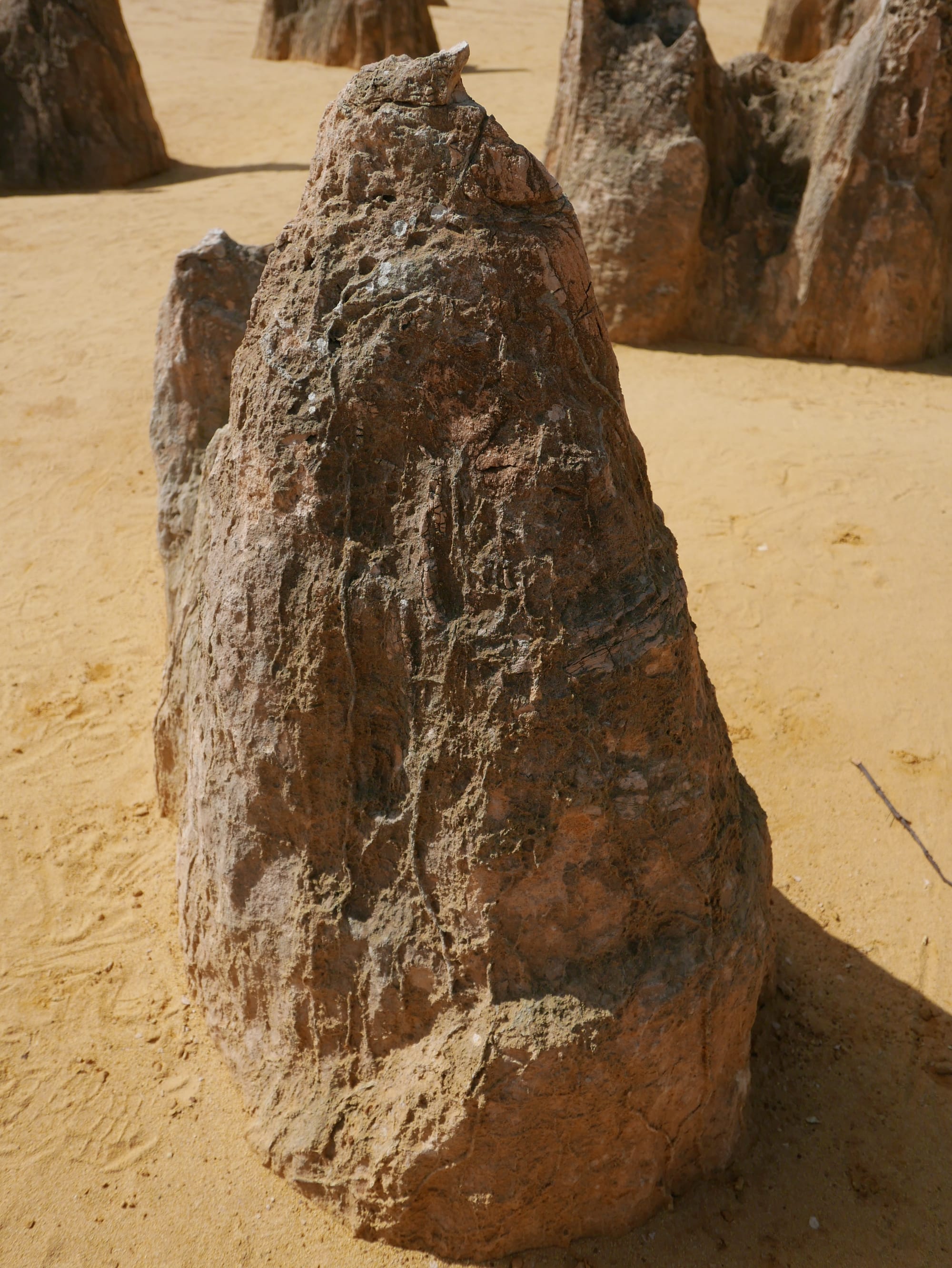
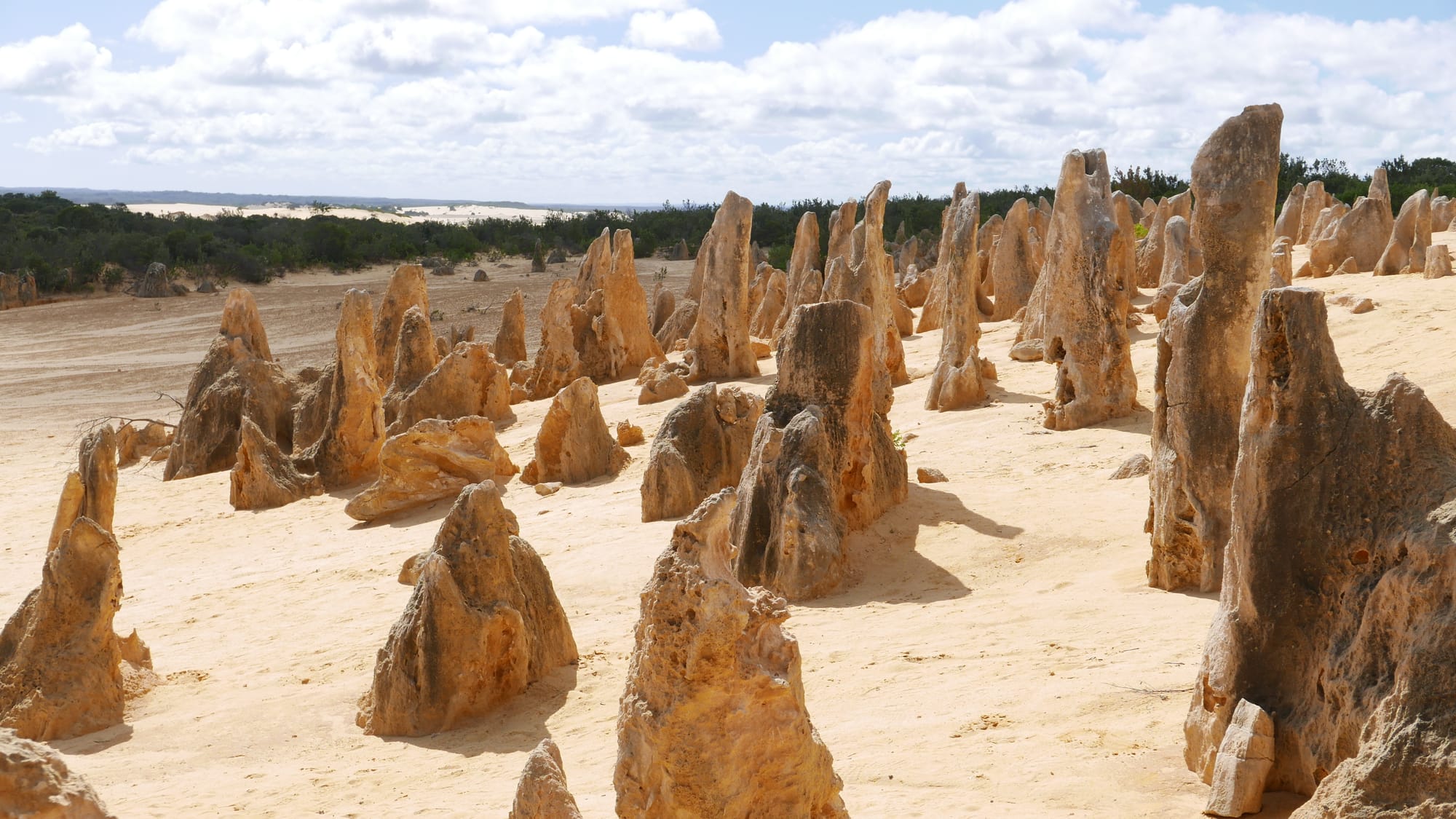
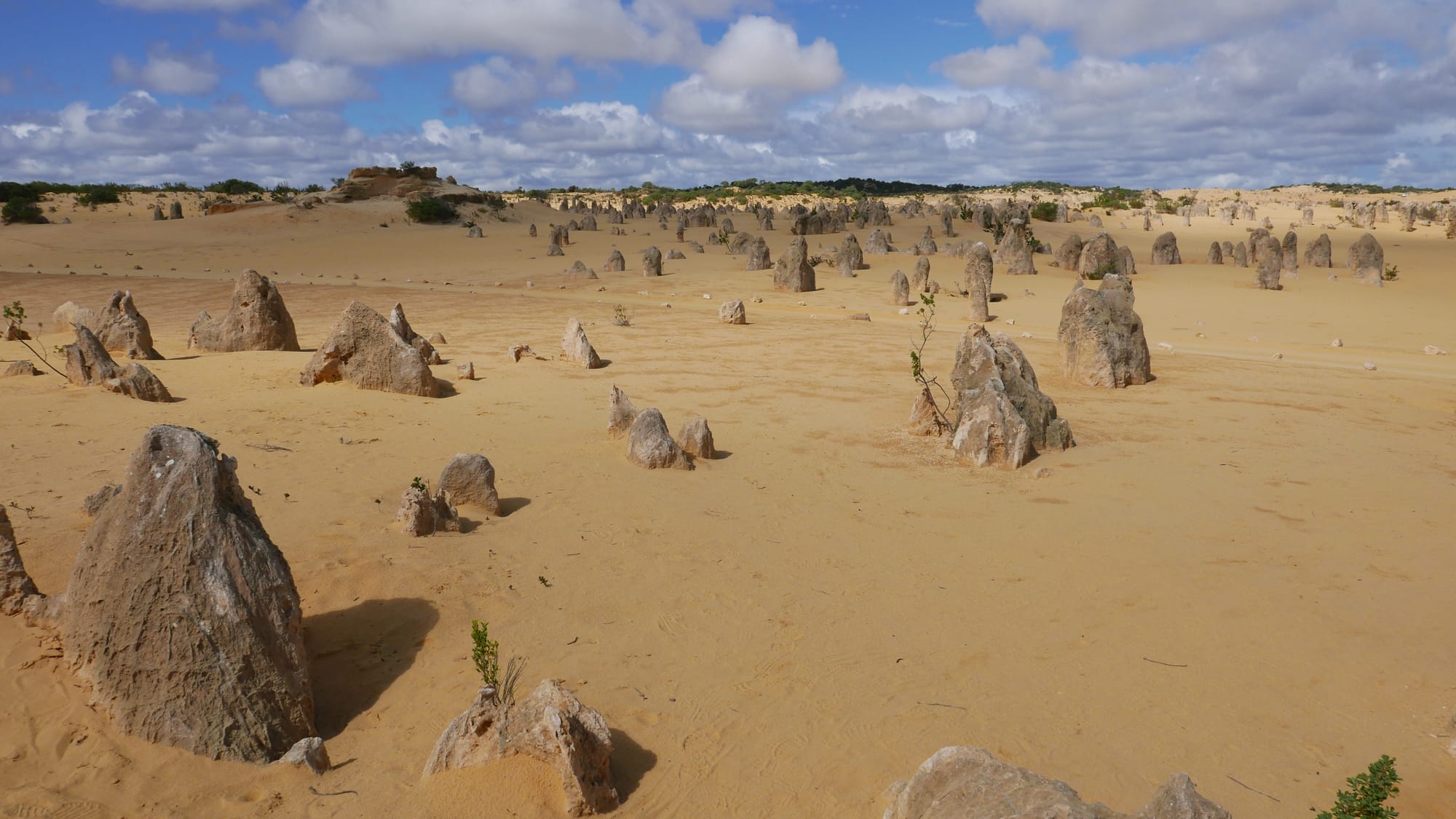
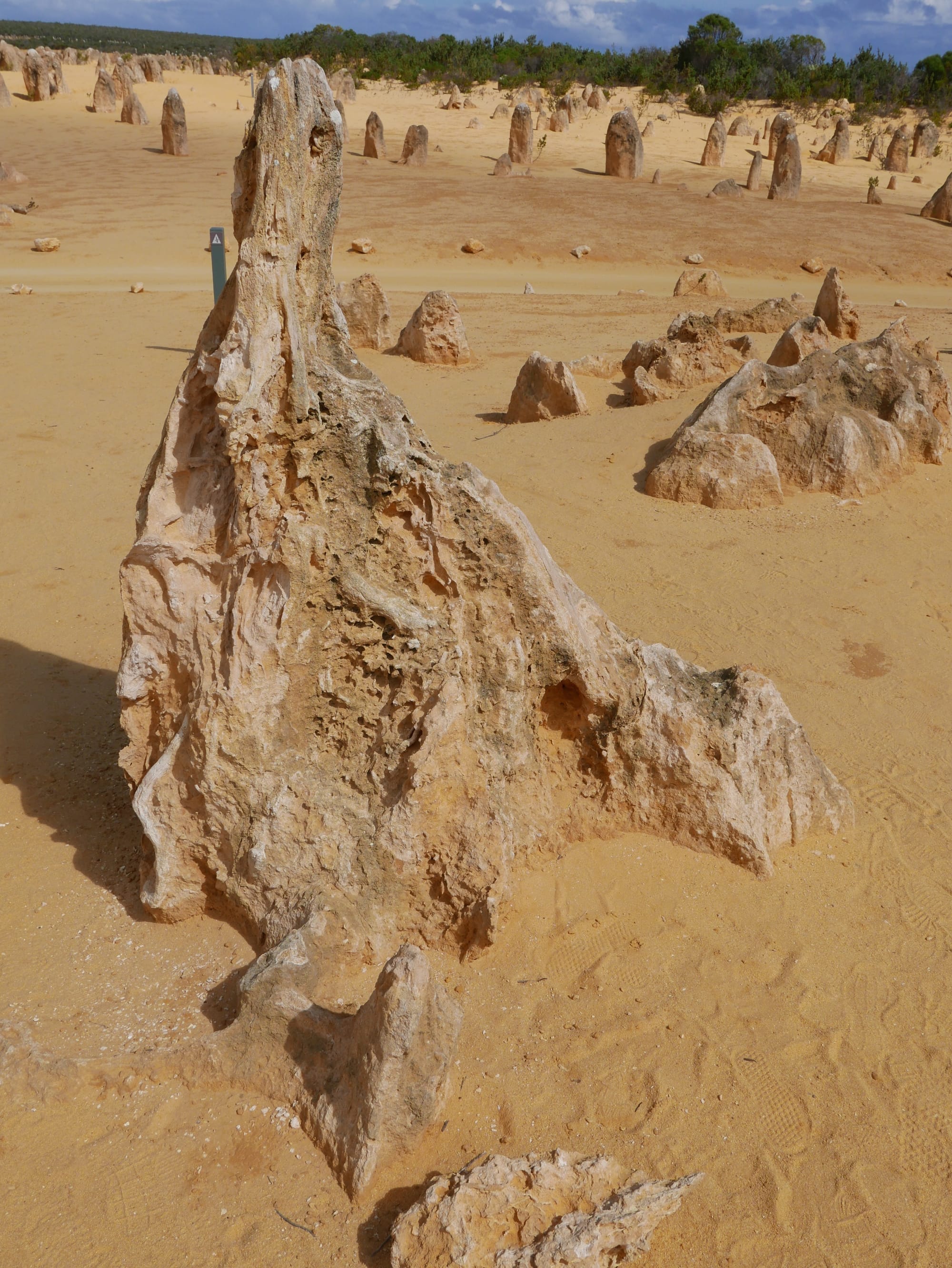
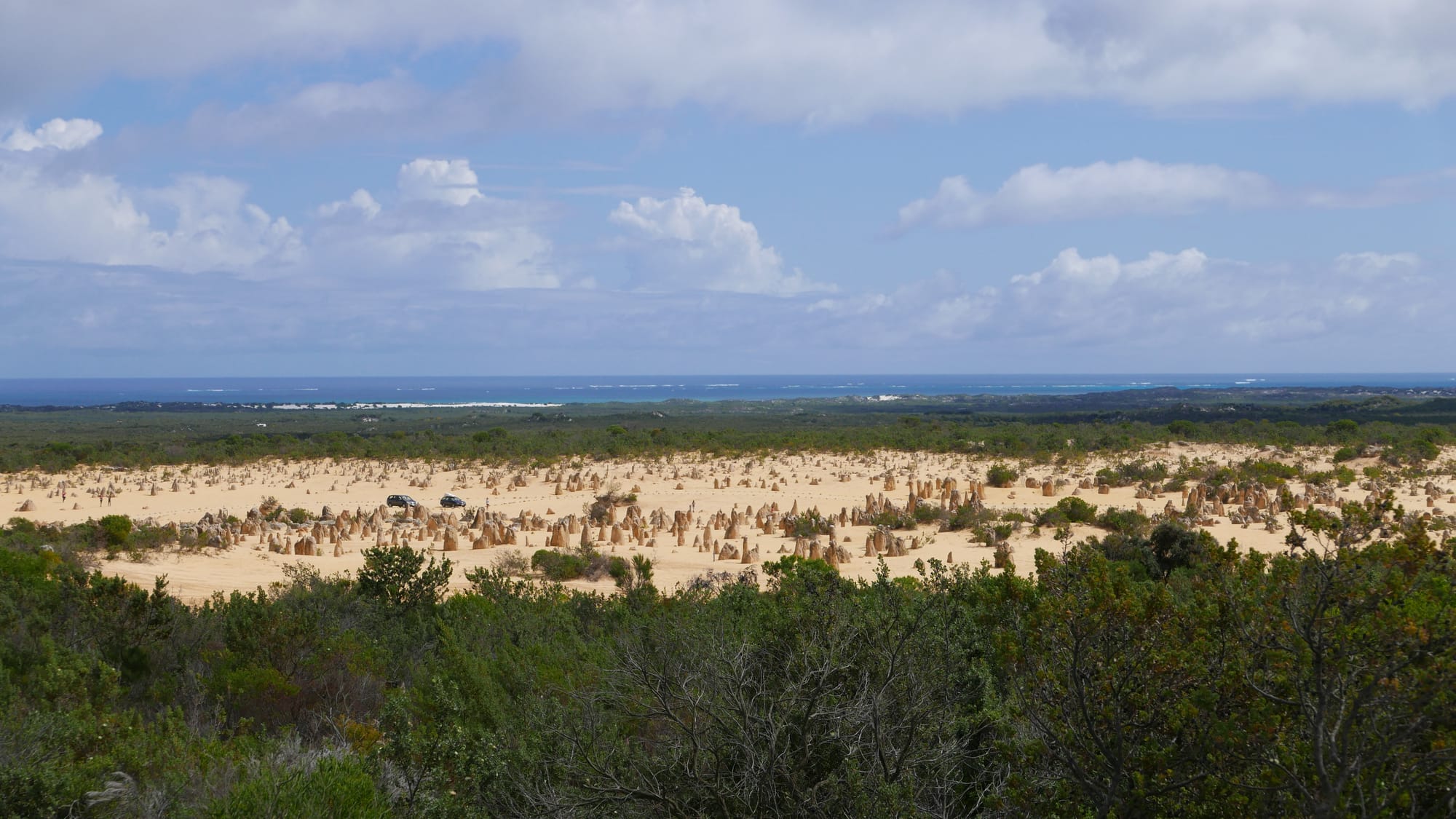
It surprised me how much I enjoyed visiting the Pinnacles, as some people had told me they found them disappointing — I didn’t.
I was particularly impressed by their size and the range of shapes and colours. The big question is, though, how were they formed?
They appear to have formed underground around 500,000 years ago. And they may have been exposed and reburied several times. They were uncovered some 6,000 years ago before being covered again and finally exposed a few hundred years ago.
The Pinnacles are made from shell fragments (calcium carbonate) broken down into fine-grained sand. These sands were mixed at the shoreline with quartz-based sands from rivers before being blown inland to the dunes in the region.
One theory is that the Pinnacles were formed by plant roots penetrating the dunes and causing an accumulation of decaying plant and animal remains. These remains, in turn, caused localised acidification of rainwater that dissolved the calcium carbonate sand (from the seashells) to leave behind the quartz-based sands, and it is this material that formed the Pinnacles.
A second theory is that the Pinnacles are the calcified remains of tree trunks from an ancient forest. The idea is that the living trunks were buried by sand and that as they decayed, they released acids, which dissolved the calcium carbonate in the sand. The calcium carbonate was then re-cemented around the trunks as calcrete (caliche). This effectively created moulds filled with sand, roots, and soil to create the Pinnacles.
There is also a third theory, and that is that both the above ideas are incorrect!
Anyway, no matter how they were formed, they are impressive and worth visiting.
